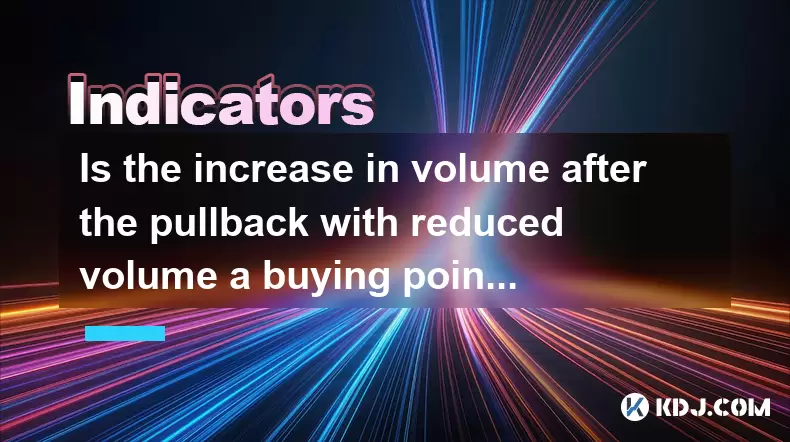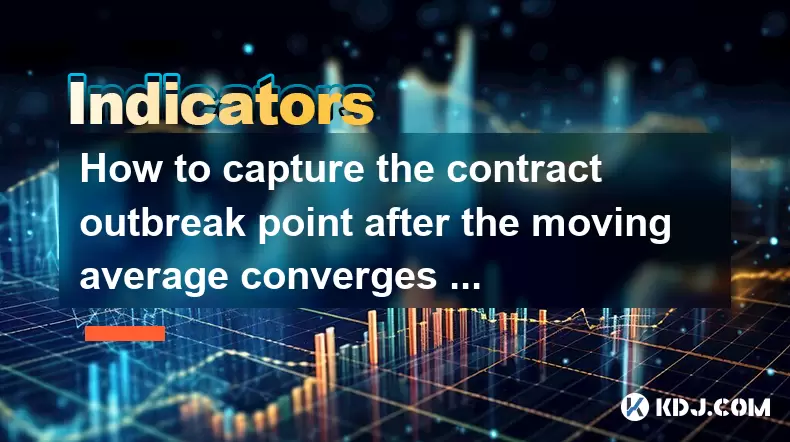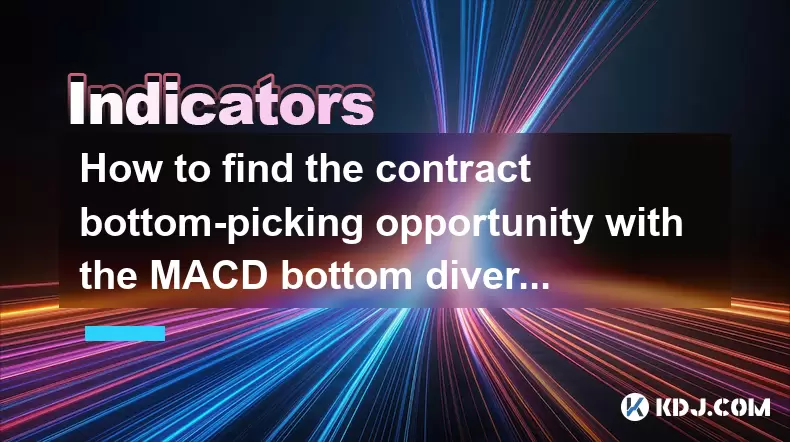-
 Bitcoin
Bitcoin $106,754.6083
1.33% -
 Ethereum
Ethereum $2,625.8249
3.80% -
 Tether USDt
Tether USDt $1.0001
-0.03% -
 XRP
XRP $2.1891
1.67% -
 BNB
BNB $654.5220
0.66% -
 Solana
Solana $156.9428
7.28% -
 USDC
USDC $0.9998
0.00% -
 Dogecoin
Dogecoin $0.1780
1.14% -
 TRON
TRON $0.2706
-0.16% -
 Cardano
Cardano $0.6470
2.77% -
 Hyperliquid
Hyperliquid $44.6467
10.24% -
 Sui
Sui $3.1128
3.86% -
 Bitcoin Cash
Bitcoin Cash $455.7646
3.00% -
 Chainlink
Chainlink $13.6858
4.08% -
 UNUS SED LEO
UNUS SED LEO $9.2682
0.21% -
 Avalanche
Avalanche $19.7433
3.79% -
 Stellar
Stellar $0.2616
1.64% -
 Toncoin
Toncoin $3.0222
2.19% -
 Shiba Inu
Shiba Inu $0.0...01220
1.49% -
 Hedera
Hedera $0.1580
2.75% -
 Litecoin
Litecoin $87.4964
2.29% -
 Polkadot
Polkadot $3.8958
3.05% -
 Ethena USDe
Ethena USDe $1.0000
-0.04% -
 Monero
Monero $317.2263
0.26% -
 Bitget Token
Bitget Token $4.5985
1.68% -
 Dai
Dai $0.9999
0.00% -
 Pepe
Pepe $0.0...01140
2.44% -
 Uniswap
Uniswap $7.6065
5.29% -
 Pi
Pi $0.6042
-2.00% -
 Aave
Aave $289.6343
6.02%
Is the increase in volume after the pullback with reduced volume a buying point?
A surge in volume after a low-volume pullback may signal institutional buying, especially if confirmed by bullish candlestick patterns and key support holds.
Jun 19, 2025 at 11:08 am

Understanding the Pullback with Reduced Volume
In technical analysis, a pullback refers to a temporary decline in price after an uptrend. This phase is often characterized by a reduction in trading volume as market participants take profits or hesitate to enter new positions. A reduced volume pullback typically signals lower interest and less aggressive selling pressure. It’s crucial for traders to distinguish between a genuine trend reversal and a healthy correction within a larger bullish structure.
During such phases, many investors closely monitor the market for signs of renewed buying interest. One such sign is a sudden increase in trading volume following the pullback, which may indicate that institutional buyers or strong retail demand is stepping in.
What Does an Increase in Volume After a Low-Volume Pullback Indicate?
When volume rises sharply after a period of low-volume decline, it can suggest a shift in market sentiment. This phenomenon may imply that large players are accumulating assets at what they perceive as discounted levels. The key here is to assess whether this volume spike is accompanied by a meaningful price recovery.
A significant rise in volume during a bounce from support levels or moving averages could be interpreted as a potential buying signal. However, it's essential to consider other indicators like RSI (Relative Strength Index), MACD (Moving Average Convergence Divergence), or candlestick patterns to confirm the strength of the move.
- Watch for a break above key resistance levels following the volume surge.
- Look for positive divergences on momentum oscillators as early confirmation tools.
- Identify accumulation patterns such as higher lows forming on the chart while volume increases.
How to Confirm if the Volume Surge Is Genuine
Not every volume spike leads to a sustainable rally. Traders must verify whether the increased volume is part of a broader trend or just a short-lived reaction. One method involves analyzing the price action across multiple timeframes.
For example, if a cryptocurrency shows a weekly close above a key moving average with rising volume, it might suggest a more robust foundation for future gains. Conversely, if the volume spike occurs during a single candle but fails to sustain momentum, it may represent a false breakout or trap trade.
Another important aspect is market context. If the asset is still within a defined uptrend channel and the pullback didn’t breach critical support zones, then a volume-driven rebound could offer a favorable risk-reward opportunity.
Using Candlestick Patterns to Validate the Buying Signal
Candlestick formations play a pivotal role in confirming whether the volume surge is reliable. A bullish engulfing pattern, hammer, or morning star appearing at a confluence zone—such as Fibonacci retracement levels or prior swing lows—can serve as high-probability entry points.
It’s also useful to look at volume profile indicators to see where most trades occurred during the pullback. If the price starts to rise from areas where significant volume was absorbed earlier, it could indicate strong foundational support.
Here’s how to approach this:
- Identify key candlestick reversals near major support zones.
- Check for increasing volume on up days versus down days during the bounce.
- Use volume-weighted average price (VWAP) to determine if the current price is undervalued relative to volume activity.
Practical Steps to Take When Evaluating Entry Points
Traders should not rely solely on volume dynamics. Instead, they should build a multi-layered strategy that includes both technical indicators and sound risk management principles. Here’s a practical framework:
- Mark key support and resistance levels based on historical price action.
- Wait for a clear price response to the volume surge—preferably closing above a recent consolidation area.
- Set stop-loss orders below the pullback low to protect against further downside.
- Gradually scale into positions rather than committing full capital at once.
Avoid chasing entries immediately after a volume spike without confirmation. Patience is key in ensuring that the rally isn't a false signal triggered by short-term volatility or whale manipulation.
Frequently Asked Questions
Q: Can volume alone be used to make trading decisions?
A: While volume provides valuable insight into market behavior, it should always be used alongside price action and other technical indicators to avoid misleading signals.
Q: What timeframe is best for analyzing volume spikes after pullbacks?
A: Multi-timeframe analysis is recommended. Start with the daily chart to understand the broader trend, then zoom into the 4-hour or 1-hour charts for precise entry and exit points.
Q: How do I differentiate between real buying volume and wash trading?
A: Wash trading can inflate volume metrics artificially. Look for consistent price follow-through and use on-chain data or exchange-specific analytics to validate real trading activity.
Q: Should I always buy when volume increases after a pullback?
A: No. Always check for confluence with other technical factors and ensure that the broader market conditions align with your trading bias before entering a position.
Disclaimer:info@kdj.com
The information provided is not trading advice. kdj.com does not assume any responsibility for any investments made based on the information provided in this article. Cryptocurrencies are highly volatile and it is highly recommended that you invest with caution after thorough research!
If you believe that the content used on this website infringes your copyright, please contact us immediately (info@kdj.com) and we will delete it promptly.
- KuCoin Lists Namada (NAM) with Token Reward GemPool: A Deep Dive
- 2025-06-19 14:25:12
- Laser Drivers, Coin Cells, and Rangefinders: A New Era of Compact Power
- 2025-06-19 14:44:15
- Crypto Updates: FxWirePro's Key Insights into Tokenization and Regulation
- 2025-06-19 15:05:13
- XRP Market: Still Early Days for Crypto Investors?
- 2025-06-19 14:50:13
- XRP Price: Will History Repeat Itself with Another Rally?
- 2025-06-19 15:10:15
- Bitcoin ETFs, Inflows, and the Middle East: Navigating Geopolitical Tensions
- 2025-06-19 15:10:15
Related knowledge

How does the long lower shadow of the K line indicate the formation of the bottom of the contract?
Jun 19,2025 at 05:00am
Understanding the Long Lower Shadow in K-Line AnalysisIn cryptocurrency trading, K-line analysis plays a pivotal role in determining market sentiment and potential price reversals. A long lower shadow, also known as a long wick, is one of the most telling candlestick patterns that traders look for when assessing whether a bottom might be forming in a co...

How to capture the contract outbreak point after the moving average converges and diverges?
Jun 19,2025 at 02:07pm
Understanding Moving Average Convergence and Divergence in Crypto TradingIn cryptocurrency trading, moving averages are among the most widely used technical indicators. The concept of convergence and divergence refers to how different moving averages align or separate over time. When short-term and long-term moving averages come together (converge), it ...

How to find the contract bottom-picking opportunity with the MACD bottom divergence?
Jun 19,2025 at 02:28pm
Understanding MACD Bottom Divergence in Cryptocurrency TradingMACD (Moving Average Convergence Divergence) is a widely used technical analysis tool that helps traders identify potential reversals in price trends. Bottom divergence, specifically, occurs when the price of an asset makes a new low, but the MACD indicator does not confirm this by making a c...

How to use the DEMARK indicator to predict the high and low points of the contract?
Jun 19,2025 at 04:21am
What Is the DEMARK Indicator?The DEMARK indicator is a technical analysis tool developed by Tom DeMark, aimed at identifying price exhaustion points in financial markets. It helps traders anticipate potential reversal zones, especially in volatile environments such as cryptocurrency contracts. The indicator works by detecting specific patterns and seque...

Why does the contract sometimes not fall after the moving average crosses?
Jun 18,2025 at 08:50pm
Understanding Moving Averages in Cryptocurrency TradingIn the realm of cryptocurrency trading, moving averages are among the most widely used technical indicators. They help traders identify potential trends by smoothing out price data over a specified period. The two primary types are the Simple Moving Average (SMA) and the Exponential Moving Average (...

How to predict the acceleration of contract market by the change of moving average slope?
Jun 18,2025 at 05:43pm
Understanding the Moving Average in Cryptocurrency TradingIn cryptocurrency trading, moving average (MA) is a fundamental technical indicator used to analyze price trends. It smooths out price data over a specific period, helping traders identify potential trend directions and momentum shifts. The slope of a moving average line reflects how quickly pric...

How does the long lower shadow of the K line indicate the formation of the bottom of the contract?
Jun 19,2025 at 05:00am
Understanding the Long Lower Shadow in K-Line AnalysisIn cryptocurrency trading, K-line analysis plays a pivotal role in determining market sentiment and potential price reversals. A long lower shadow, also known as a long wick, is one of the most telling candlestick patterns that traders look for when assessing whether a bottom might be forming in a co...

How to capture the contract outbreak point after the moving average converges and diverges?
Jun 19,2025 at 02:07pm
Understanding Moving Average Convergence and Divergence in Crypto TradingIn cryptocurrency trading, moving averages are among the most widely used technical indicators. The concept of convergence and divergence refers to how different moving averages align or separate over time. When short-term and long-term moving averages come together (converge), it ...

How to find the contract bottom-picking opportunity with the MACD bottom divergence?
Jun 19,2025 at 02:28pm
Understanding MACD Bottom Divergence in Cryptocurrency TradingMACD (Moving Average Convergence Divergence) is a widely used technical analysis tool that helps traders identify potential reversals in price trends. Bottom divergence, specifically, occurs when the price of an asset makes a new low, but the MACD indicator does not confirm this by making a c...

How to use the DEMARK indicator to predict the high and low points of the contract?
Jun 19,2025 at 04:21am
What Is the DEMARK Indicator?The DEMARK indicator is a technical analysis tool developed by Tom DeMark, aimed at identifying price exhaustion points in financial markets. It helps traders anticipate potential reversal zones, especially in volatile environments such as cryptocurrency contracts. The indicator works by detecting specific patterns and seque...

Why does the contract sometimes not fall after the moving average crosses?
Jun 18,2025 at 08:50pm
Understanding Moving Averages in Cryptocurrency TradingIn the realm of cryptocurrency trading, moving averages are among the most widely used technical indicators. They help traders identify potential trends by smoothing out price data over a specified period. The two primary types are the Simple Moving Average (SMA) and the Exponential Moving Average (...

How to predict the acceleration of contract market by the change of moving average slope?
Jun 18,2025 at 05:43pm
Understanding the Moving Average in Cryptocurrency TradingIn cryptocurrency trading, moving average (MA) is a fundamental technical indicator used to analyze price trends. It smooths out price data over a specific period, helping traders identify potential trend directions and momentum shifts. The slope of a moving average line reflects how quickly pric...
See all articles

























































































